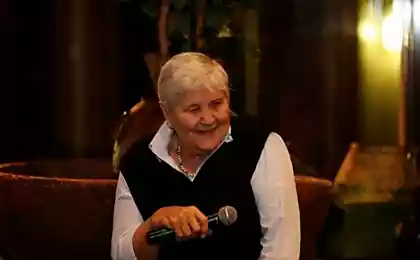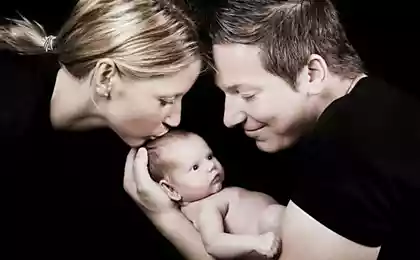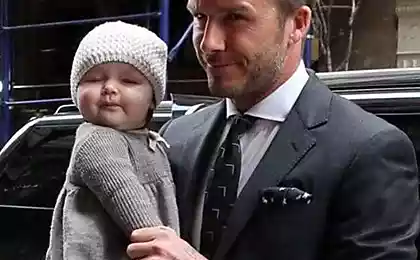161
Should I teach my child to stand up for himself?
A modern view of child self-defense

The question of whether to teach a child to stand up for themselves worries almost every parent. In an era of growing awareness of bullying, psychological abuse, and the importance of emotional intelligence, the issue is taking on particular urgency.
The Paradox of Modern Education
Modern parents face a difficult dilemma. On the one hand, we want to raise confident children who are able to protect their borders. On the other hand, we seek peaceful conflict resolution and empathy. This paradox reflects deeper changes in our understanding of child psychology and social skills.
The key problem: How do you teach your child to be strong without becoming an aggressor? How to develop confidence while maintaining kindness?
What research shows
According to research by the American Psychological Association, children who are able to stand up for themselves show higher rates of psychological well-being and academic performance. However, it is important to understand that standing up for yourself does not mean physical aggression or emotional suppression of others.

Multifaceted self-defense
The modern concept of child self-defense includes several key components, each of which requires special attention from parents and teachers.
Emotional self-defense
Practical advice: Teach your child to recognize their emotions and name them. Phrases such as “I feel angry when people talk to me like that” help children understand their boundaries and clearly define them.
Emotional self-defense begins with the development of emotional intelligence. Children need to understand that their feelings matter and learn to express them constructively. This is especially important in the age of social media, where emotional abuse is often hidden behind screens.
Verbal self-defense
The ability to express your position clearly and confidently is a skill that will be useful to a child for life. Studies show that children who master verbal self-defense techniques are less likely to become victims of bullying.
“The most effective self-defense is not fists, but words. A child who can calmly but firmly say, ‘No, I don’t like this,’ has a powerful defense tool. Dr. Susan Engel, child psychologist
Social self-defense
The ability to choose the right environment and build healthy relationships is also a form of self-defense. Children need to understand that they have a right to be treated with respect and can end toxic relationships.
Practical strategies for developing self-defense skills
Role-playing and situation modelling
One of the most effective ways to prepare a child for difficult situations is to lose them at home in a safe environment. Create different scenarios: from a situation with a school bully to peer pressure.
Example of role-playing: “Imagine a classmate taking your lunch all the time. What are you gonna do? Let's try different answers.
Building Confidence Through Success
Self-confidence is the best defense against aggression. Children who know their strengths and feel supported by their families are less likely to be bullied. It is important to create situations of success and celebrate the achievements of the child, even small ones.
676879
Training in de-escalation techniques
Today’s children need to know how to reduce conflict, not just how to fight back. Deep breathing techniques, using self-messages, and finding compromises are skills that will come in handy in adulthood.
It's important to remember: Learning to defend yourself does not mean that a child has to deal with everything on their own. Always emphasize that seeking help from adults is a sign of wisdom, not weakness.
When self-defense becomes a problem
There is a fine line between healthy self-defense and destructive behavior. Parents should carefully monitor how the child applies the acquired skills.
Signs of problematic behavior
If a child starts using self-defense skills to initiate conflicts or suppress others, this is a signal to adjust the approach. Aggressive behavior masquerading as self-defense may indicate deeper problems.
Balance between protection and aggression
Self-defense training should always be accompanied by developing empathy and understanding the consequences of one’s actions. Children need to understand the difference between protecting themselves and harming others.
The role of school and society
Developing self-defense skills cannot be a family task. Schools, sports clubs and other community institutions play an important role in shaping healthy behaviors.
Systemic approach: The most effective programs for bullying prevention and self-defense skills development work simultaneously with children, parents and teachers, creating a unified support system.
Cooperation with teachers
It is important to maintain open communication with teachers and school psychologists. They can provide valuable information about how a child behaves in a school environment and where problems may arise.
Adaptation to age
Approaches to self-defense training should be radically different depending on the age of the child. What suits a teenager may not apply to a preschooler.
Preschool age (3-6 years)
At this age, the focus is on developing emotional vocabulary and basic boundaries. Children learn to say no and seek help from adults.
Junior school age (7-10 years)
Developing more complex social skills, understanding group dynamics, and early conflict resolution techniques.
Adolescence (11+ years)
Dealing with more complex social situations, developing critical thinking and the ability to analyze other people’s motives.
Conclusion
Teaching a child to stand up for himself is not a one-time conversation, but a long process of developing emotional maturity, social skills and self-confidence. The modern approach to child self-defense requires a balance between the development of strength and the preservation of kindness, between confidence and empathy. Remember: the goal is not to raise a fighter, but to educate a person who knows how to defend their borders without violating the borders of others.
Glossary
bullying
Systematic aggressive behavior aimed at harming a weaker or more vulnerable person
Emotional intelligence
Ability to recognize, understand and manage your emotions, and to interact effectively with others’ emotions
De-escalation
The process of reducing the tension and intensity of the conflict situation in order to prevent its development into a more serious confrontation
I-messages.
Communication technique in which a person expresses his feelings and needs without blaming or criticizing the interlocutor
Empathy.
The ability to understand and share the feelings of another person, to put themselves in their place
Toxic relationships
Relationships that cause psychological harm to one or both parties, characterized by manipulation, control, or emotional abuse
Personality boundaries
Psychological limits that define what a person considers acceptable or unacceptable to others























